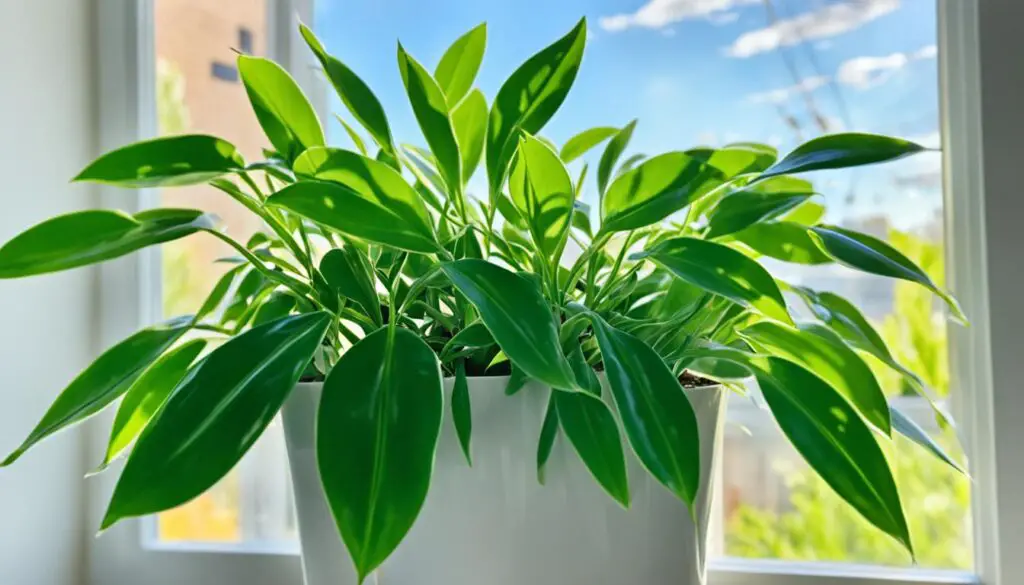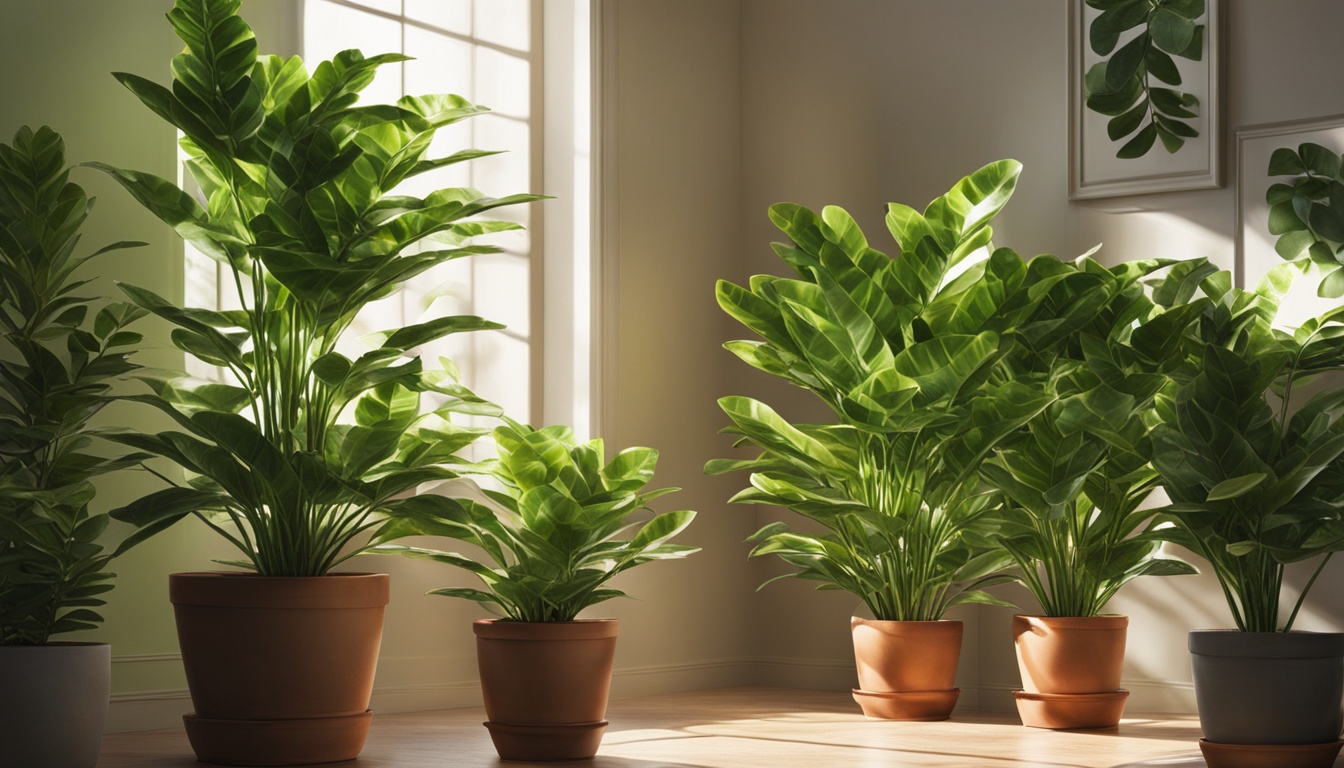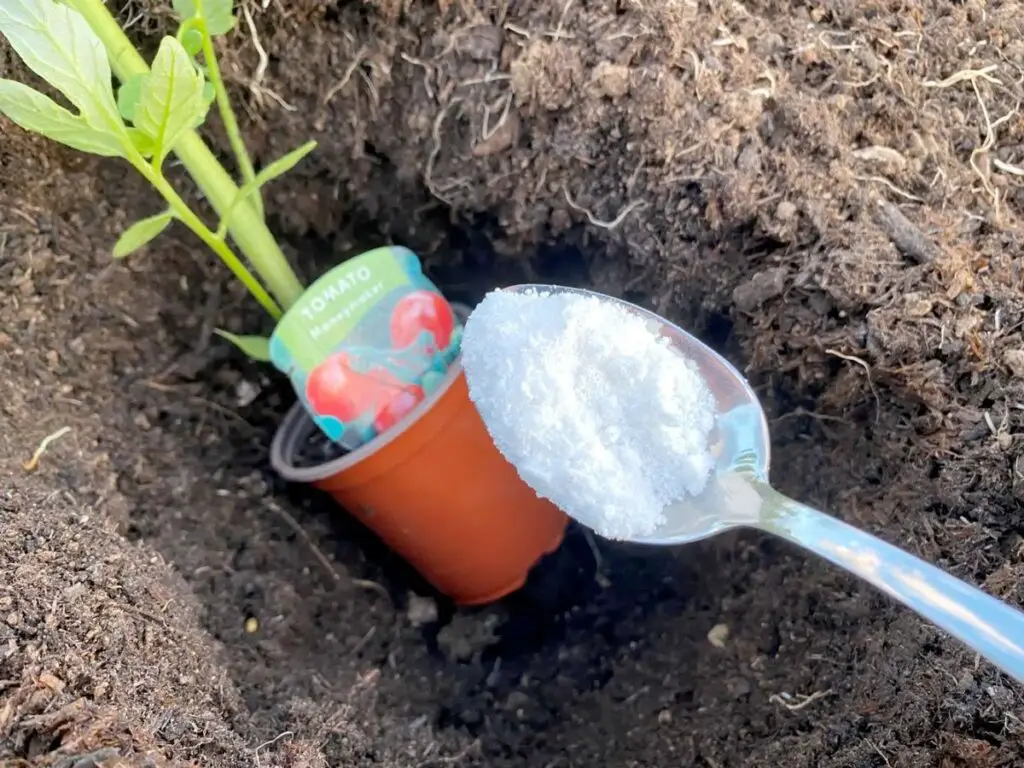I’m thrilled to share my knowledge on growing and caring for wax plants, also known as Hoya plants. These tropical plants are famous for their thick, waxy leaves and beautiful, fragrant flowers. They can make any indoor or outdoor area look stunning.
This guide will cover everything you need to know about wax plant care. We’ll talk about how to propagate them, what sunlight and water they need, and the best soil to use.
We’ll also discuss pruning, pest control, and disease prevention. With the right care, these plants can thrive and add a touch of the tropics to your home for many years.

Key Takeaways
- Wax plants, or Hoya plants, are tropical indoor plants known for their thick, waxy leaves and beautiful, fragrant flower clusters.
- Proper care includes providing the right amount of sunlight, humidity, temperature, watering, and soil preferences.
- Wax plants can be easily propagated from cuttings and may take 2 years to reach maturity and bloom.
- Common pests like mealybugs, aphids, and scale can be managed with horticultural oil.
- Wax plants can live up to 30 years with the right care and can grow up to 20 feet in size.
Introduction to Wax Plants (Hoya Plants)
Hoya plants, also known as wax plants or porcelain flowers, are fascinating tropical plants from Asia and Australia. They are known for their thick, waxy leaves and fragrant, star-shaped flowers. The Hoya carnosa is the most well-known species, often called the “classic wax plant” because of its unique look.
What Is a Hoya Plant?
Hoya plants are part of the Hoya genus, with over 200 varieties. They can grow 4 to 12 feet tall and 2 to 6 feet wide.
This makes them perfect for both indoor and outdoor spaces. The flowers come in many colors like orange, pink, purple, red, white, and yellow, making them a colorful addition to any area.
Why Grow a Wax Plant?
Wax plants are great for indoor or outdoor gardens. They are easy to care for and can live for many years.
These plants are known for their beautiful leaves and fragrant flowers that bloom in clusters. They can grow as vines or be trained to climb, adding elegance to any space.
“Hoya plants are versatile, low-maintenance, and can thrive for decades with proper care, making them a great choice for both new and experienced plant owners.”
Grow A Wax Plant and Care
Wax plants, or Hoyas, are easy to grow and care for. They are great for both indoor and outdoor gardens.
To keep your Hoya plant happy, know its sunlight, humidity, and temperature needs. Also, understand how much water and what soil it likes.
Sunlight Requirements
Hoyas love bright, indirect sunlight. They do well in south or west-facing windows with plenty of light.
But, they can’t handle too much direct sun, as it can burn their leaves. For indoor Hoyas, aim for 1500-2000 foot candles of light.
For outdoor Hoyas, pick a spot with dappled shade or partial sun.
Humidity and Temperature Needs
Hoya plants like warm, humid places. They need a humidity level of at least 60%. If you have Hoyas inside, you might need to mist them or use a humidifier.
They also like temperatures between 68-75°F. If it gets colder, they might stop growing and flowering. If it gets too hot, their leaves could turn yellow and fall off.
Watering and Soil Preferences
Hoya plants don’t like too much water and like their soil to dry out between drinks. Water them every 2 weeks in spring and summer. In winter, water them once a month.
They need soil that drains well to prevent root rot. Use a potting mix made for succulents or cacti. Add perlite or orchid bark for extra drainage.

“Proper lighting is essential for healthy growth and blooming of Hoya plants.”
Hoya Plant Varieties and Types
The Hoya genus includes over 500 species of tropical plants in the Apocynaceae family. These plants, known as wax plants, come from Asia and are related to the common milkweed in North America. They are popular for their easy care and beautiful look, thanks to their thick leaves and lovely flowers.
The Hoya carnosa, or “classic wax plant,” is the most common type. It has dark green leaves shaped like almonds and produces sweet-smelling flowers in clusters. There are also ‘Krimson Queen’ and ‘Compacta’ varieties, known for their unique foliage and smaller size.
Other Hoya varieties are just as interesting. The Hoya australis has round leaves, unlike the Hoya carnosa. The Hoya pubicalyx is also popular, especially the ‘Splash,’ ‘Black Dragon,’ ‘Pink Silver,’ and ‘Red Buttons’ types.
Some Hoyas stand out for their unique features. The Hoya linearis has needle-like leaves, while the Hoya imbricata has cupped leaves. The Hoya spartioides doesn’t have leaves at all. These rare Hoyas are highly prized by collectors.
| Hoya Variety | Leaf Shape and Color | Flower Characteristics |
|---|---|---|
| Hoya carnosa | Dark green, almond-shaped | Creamy, fragrant |
| Hoya carnosa ‘Krimson Queen’ | Variegated foliage | Creamy, fragrant |
| Hoya carnosa ‘Compacta’ | Dark green, almond-shaped | Creamy, fragrant |
| Hoya australis | Rounded leaves | Creamy, fragrant |
| Hoya pubicalyx | Dark green | Vibrant colors, such as ‘Splash,’ ‘Black Dragon,’ ‘Pink Silver,’ and ‘Red Buttons’ |
| Hoya linearis | Thin, needle-like foliage | Creamy, fragrant |
| Hoya imbricata | Cupped-leaf | Creamy, fragrant |
| Hoya spartioides | Leafless | Creamy, fragrant |
With so many Hoya varieties, from the classic Hoya carnosa to the rare ones, there’s a Hoya for every plant lover’s taste and space.
Common Hoya Plant Problems and Solutions
Hoya plants are usually easy to care for but can face some issues. Problems like stem dieback, leaf drop, and black leaves often come from too much water, bad drainage, or fungal infections like botrytis blight.
Pests like aphids, mealybugs, and spider mites can bother Hoya plants too. To deal with these pests and diseases, keep an eye on your plant, make sure the soil drains well, and act fast if you see a problem.
If your Hoya leaves turn yellow, it might mean the soil lacks nutrients. You can fix this by feeding the plant with fertilizer every month in spring and summer.
By taking good care of your Hoya plant, you can solve these common problems easily. Check your plant often for any signs of stress. Make sure it has the right conditions to grow and fix any issues quickly. This will help keep your Hoya plant healthy and full of blooms.
FAQ
What is a Hoya plant?
Hoya plants, also known as wax plants or porcelain flowers, are tropical, vining plants from Asia and Australia. They have thick, waxy leaves and produce fragrant, star-shaped flowers in clusters.
Why should I grow a wax plant?
Wax plants, or Hoyas, are great for any garden, indoors or outdoors. They are easy to care for and can live for many years. These plants have beautiful leaves and fragrant flowers that bloom in clusters. They can grow as vines or climb on supports.
What are the light requirements for a wax plant?
Wax plants like bright, indirect sunlight. They do well in south or west-facing windows with plenty of light. But, they should not get too much direct sun, as it can burn their leaves. For indoor plants, aim for 1500-2000 foot candles of light. Outdoor plants should be in dappled shade or partial sun.
What are the ideal humidity and temperature conditions for a wax plant?
Hoyas love warm, humid places. They need a humidity level of at least 60%. Indoor plants might need misting or a humidifier to stay moist. They should be kept between 68-75°F. Below 68°F, they might stop growing and flowering. Above 75°F, their leaves may turn yellow and fall off.
How do I water and care for the soil of a wax plant?
Hoyas don’t like too much water and prefer their soil to dry out between waterings. Water them every 2 weeks in spring and summer. In winter, water once a month. Use a potting mix for succulents or cacti to prevent root rot.
What are some common varieties of Hoya plants?
Hoya carnosa, or the “classic wax plant,” is the most common type. It has dark green leaves and produces fragrant flowers. There are also ‘Krimson Queen’ with variegated leaves and ‘Compacta’ with a smaller size. Other species like Hoya linearis, Hoya imbricata, and Hoya spartioides are also interesting for collectors.
What are some common problems with wax plants and how can I address them?
Hoya plants are usually easy to care for but can face some issues. Problems like dieback, leaf drop, and black leaves can be caused by too much water, poor drainage, or diseases. Pests like aphids and spider mites can also be a problem. Keep an eye on your plant, ensure good drainage, and treat pests and diseases quickly.



